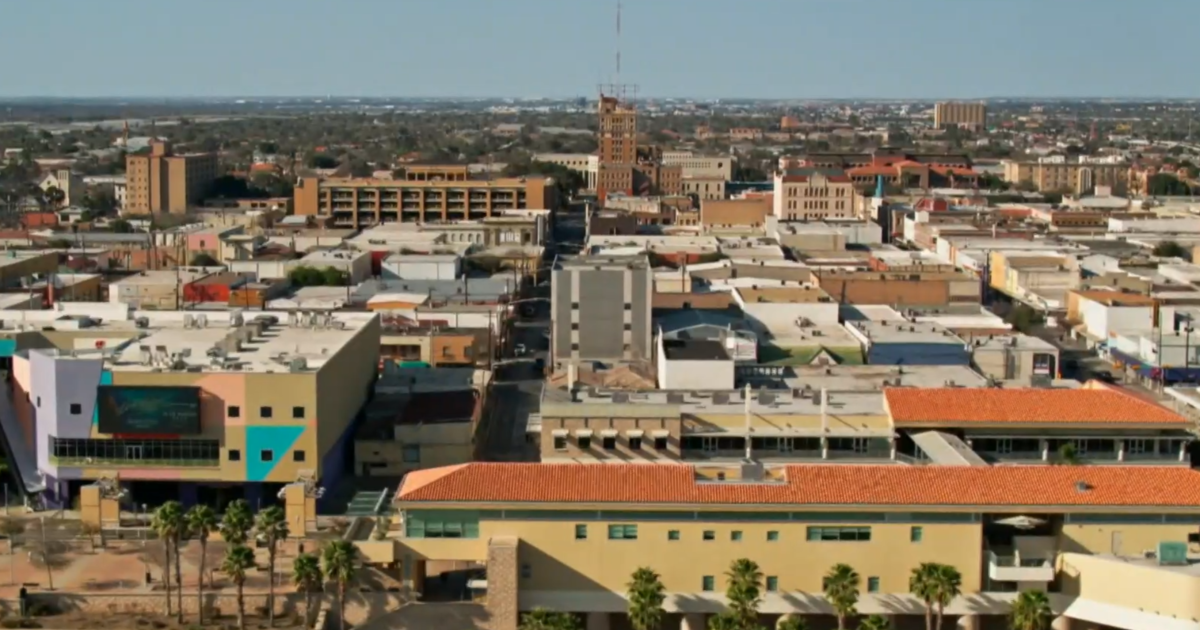The narrative surrounding the U.S.-Mexico border is often dominated by sensationalized depictions of lawlessness and chaos, a stark contrast to the complex realities experienced in border towns. A 1,600-mile journey along this border reveals a diverse tapestry of economic interdependence, challenges related to migration and security concerns, and ultimately, a sense of uncertainty about the future. While some areas grapple with the overwhelming burden of drug smuggling and human trafficking, others thrive on cross-border trade and cooperation. This nuanced perspective challenges the simplistic portrayals often presented in the media and political discourse, highlighting the intricate web of economic, social, and security factors that define life along the U.S.-Mexico border. The following sections will explore the multifaceted realities of these border communities, dispelling common myths and revealing the diverse experiences shaping the lives of residents and the future of the border region.
Economic Interdependence and Cross-Border Trade
The U.S.-Mexico border isn’t merely a line on a map; it’s a vibrant artery of economic exchange. Cities like Laredo, Texas, showcase this dynamic exceptionally well. Far from the chaotic image frequently portrayed, Laredo functions as America’s busiest port of entry, handling a staggering $320 billion in goods annually. This substantial flow of microchips, agricultural products, and automotive parts underscores the crucial role the border plays in the national and global economy. The success of Laredo challenges the narrative that all border towns are riddled with crime and lawlessness, emphasizing the vital economic engine that cross-border trade represents. This reliance on seamless trade transcends the transportation of goods.
The Human Element of Cross-Border Trade
The economic interdependence extends beyond the movement of commodities to the human element. In Presidio, Texas, the local economy is significantly bolstered by the daily influx of Mexican citizens who legally cross the border to work in restaurants, oil fields, and other essential sectors. The departure of local residents seeking better opportunities elsewhere highlights the vulnerability of smaller border communities, showcasing a critical reliance on the cross-border workforce to sustain their local economies. Mayor Ferguson’s concerns regarding potential disruptions to the cross-border workforce emphasizes the deeply ingrained interdependence of these communities, illustrating how restricting legal border crossings could have devastating economic consequences. This intricately woven economic web extends beyond employment to encompass essential services as well. For instance, in Columbus, New Mexico, residents rely on dentists across the border in Mexico, highlighting the extent of daily cross-border interactions that are essential for many community members. Without access to Mexican workers and services, several border communities face immense challenges sustaining themselves economically.
The Challenge of Drug Smuggling and Human Trafficking
While some areas of the border benefit from cross-border economic activities, many other regions struggle with issues stemming from illicit activity, most notably drug smuggling and human trafficking. Arizona, with its 350-mile border with Mexico, exemplifies this. The Tucson sector, covering all Arizona border ports, accounted for an alarming 66% of fentanyl seizures in the 2024 fiscal year, a stark testament to the immense challenge faced by law enforcement officials and communities grappling with drug trafficking. This overwhelming influx of narcotics creates a significant safety and health concern impacting the region in many different ways. Along with the physical safety issues comes the tremendous strain on local emergency services, requiring the allocation of resources that can often impact community programs as well. This burden disproportionately impacts local communities and overwhelms local resources.
Law Enforcement and Community Frustration
The frustration of law enforcement officers battling the surge in drug trafficking is palpable. Sheriff Mark Dannels of Arizona’s Cochise County, for example, describes the constant influx of drug mules and human smugglers as an overwhelming strain. This frustration underscores the deeply ingrained problem that this level of illicit activity represents, and the immense strain it places on both law enforcement resources and communities facing these dangers regularly. This highlights that security along the border goes beyond a single city or county to a region-wide challenge that is felt far beyond immediate locales affected by illicit traffic. Local municipalities and organizations are often at the forefront of combating this activity, struggling to provide basic services and keep residents safe in such volatile environments.
Political Polarization and Uncertain Futures
The political climate surrounding border issues often generates friction and uncertainty, which casts long shadows on the future of border communities. The failure of the bipartisan Senate border bill is a clear indication of the deep political divides that hinder effective solutions. While Mayor Huish of Douglas, Arizona, favored the bill for its promise of increased Border Patrol agents, it died under criticism from former President Trump, epitomizing the complex political realities hindering decisive action on important border-related concerns. This impasse creates considerable uncertainty about the allocation of resources and security measures that communities deeply rely on. The political stalemate only further complicates the issue of migration by creating delays or hindering the advancement of measures that would otherwise contribute to improved cross-border relationships.
Uncertainties for Border Towns
The uncertainty stemming from political divides weighs heavily on the minds of border communities, affecting local leaders and inhabitants alike. Sheriff Dannels’ description of a situation more defined by uncertainty rather than optimism or pessimism speaks to the pervasive ambiguity and insecurity that political inaction and disagreement generates. The unresolved issues surrounding immigration and security lead to an environment fraught with challenges which make effective governance and policy extremely challenging, directly affecting both residents and the economic vitality of affected regions.
Takeaway Points:
- The U.S.-Mexico border presents a multifaceted reality far removed from simplistic narratives of chaos and lawlessness.
- Significant economic interdependence exists between border communities, with cross-border trade and labor significantly shaping regional economies.
- The challenge of drug smuggling and human trafficking creates immense strain on law enforcement and border communities, demanding considerable resources and strategic approaches.
- Political polarization often hinders the development of comprehensive solutions to the complex challenges at the border, creating a palpable sense of uncertainty for communities in border regions.




